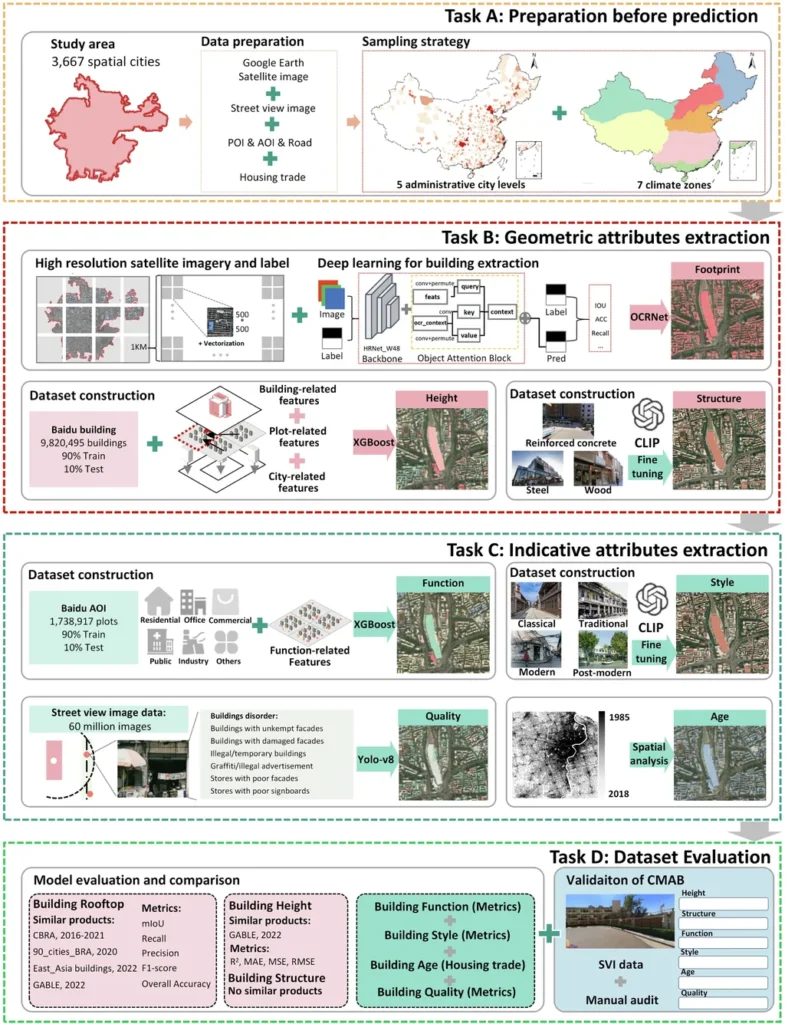In the rapidly evolving landscape of smart cities, digital twins, and the metaverse, the volume of three-dimensional building models is skyrocketing. Managing this deluge of data efficiently is a challenge that Jiangtao Lei, a researcher at the Guangxi Zhuang Autonomous Region Institute of Natural Resources Remote Sensing in Nanning, China, has tackled head-on. His recent work, published in IEEE Access (translated as “IEEE Open Access”), introduces a novel data structure organization method called 3DB-ROC, which promises to revolutionize how we handle 3D building models.
Lei’s research addresses a critical gap in current technologies. Existing methods, such as R-tree and Octree, often struggle with issues like node overlap and unbalanced structures, especially when dealing with uneven data distribution. Hybrid indices, while effective for point clouds, have not been widely applied to 3D building models and can introduce inefficiencies during construction and fine-grained data organization.
The 3DB-ROC method combines the best of both worlds—R-tree and Octree. “We use a single building as the basic unit, organizing the 3D building model data in a coarse-grained manner with the R-tree,” Lei explains. “Then, within a single building, we employ the Octree to organize the individual building model data in a fine-grained manner.” This hierarchical strategy minimizes tree depth, balances the structure, and significantly boosts data handling and query performance.
The implications for the energy sector are profound. Efficient data organization and management are crucial for applications like energy modeling, urban planning, and infrastructure management. Lei’s method could streamline these processes, making them faster and more accurate. “Our experimental evaluation on metaverse platform data shows that 3DB-ROC outperforms other methods in construction speed, insertion efficiency, and region retrieval, particularly for small-area queries,” Lei notes.
The commercial impact of this research is substantial. As cities become smarter and more interconnected, the ability to manage and query 3D building models efficiently will be a game-changer. Lei’s work could pave the way for more sophisticated energy management systems, better urban planning tools, and more accurate digital twins.
The 3DB-ROC method is a significant step forward in the field of spatial indexing and data organization. As Lei’s research continues to gain traction, it could shape the future of how we interact with and manage our built environment. The potential applications are vast, and the benefits are clear. In a world where data is king, Lei’s work is a beacon of innovation, offering a glimpse into a future where data management is seamless, efficient, and highly effective.

